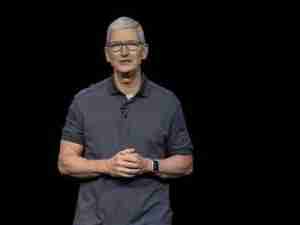I want to thank the ECMT for affording me the opportunity to share a few thoughts about US actions to address global challenges in freight. It is clear from the discussion of Europe-Asia transportation links that we are facing many of the same challenges: as in Europe, every year the US economy grows more dependent on global markets.
International trade now accounts for nearly one-third of the US GDP and will continue to climb upward, with freight volumes expected to increase by at least 50% by the year 2020.
Furthermore, world trade and sourcing patterns are changing.
We are increasingly relying on resources and manufacturing in China and other locations in Asia. For example, over 40% of mainland China export value is accounted for by exports to the US and Europe, compared with less than 20 percent in 1990. US shipping companies are forecasting Asia-to-US cargo growth of between ten percent and 12% this year alone.
This demand means that we are more dependent on the output of the transportation sector. In fact, transportation is now embedded in the very fabric of our economy as never before.
American businesses are integrating transportation into their just-in-time manufacturing and inventory processes so that transportation isn't just a service to manufacturers; it is an essential part of the manufacturing process. It isn't just a service to retailing; it is a surrogate for inventory maintenance. Therefore, bottlenecks in the supply chain, if left unaddressed, will have far more serious economic consequences than ever before.
In the US, the challenge is that, while we have achieved significant gains from robust service competition, transportation companies are operating on an aging infrastructure network that is performing less reliably and efficiently. Congestion costs are escalating in every urban area of the country because of the inability to efficiently deliver goods to the marketplace.
The same forces of competition, innovation, and customer-driven growth that we unleashed by deregulating the service businesses need to be applied to the underlying network itself. Neither private sector nor the capital markets are being sufficiently used to improve the US national transportation system, particularly highways, airports, and seaports.
The problem is not simply finding sufficient revenues to build new projects. We must also begin tearing down legal, regulatory, and cultural obstacles to creativity and risk-taking in the provision of infrastructure. These obstacles slow the deployment of new technologies, stifle innovation, and lead us to neglect potential efficiencies that could arise from improved system management. We have an enormous and growing demand for transportation services, something that in a more market-driven system would readily translate into new infusions of supply.
President Bush's legislative proposal for the next few years of Americas highway, transit, and safety programs lays an important foundation for reform. The reauthorization package includes a number of actions to improve freight transportation including: dedicated funding for intermodal connectors; the establishment of a freight coordinator in each of the 50 state governments, and a number of public-private financing tools that will help those who carry or accommodate freight.
Congress has responded by including much of what we proposed in the legislation that it is considering.
Under the leadership of my boss, Secretary of Transportation Norman Mineta, our Department has also developed a new Freight Action Agenda to help guide our partners, our stakeholders, and ourselves in our efforts to improve goods movement throughout our transportation system. The Freight Action Agenda lays out a vision that reaches far beyond where the Department has gone in the past, recognizing that freight po







